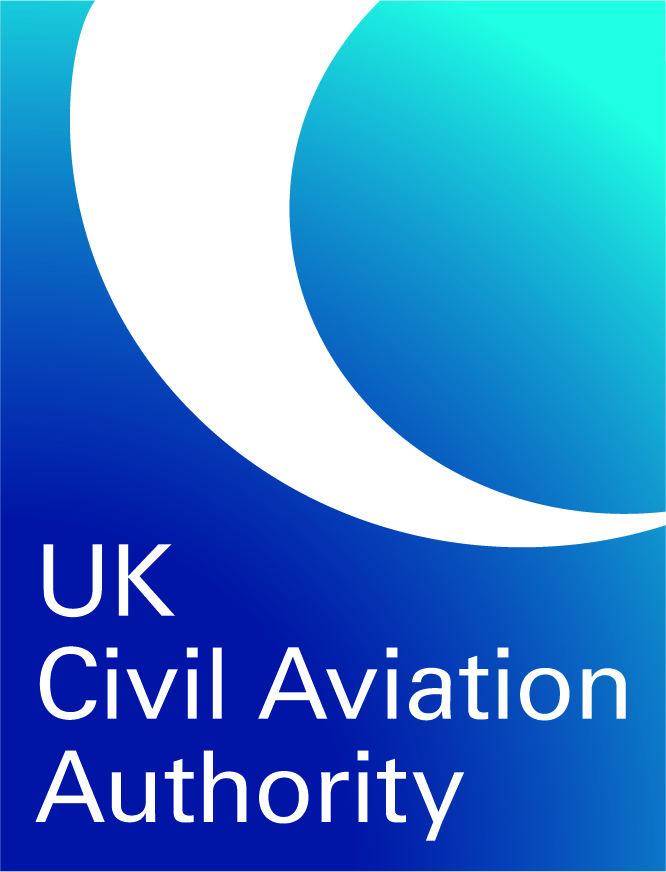Personal information
Name
Name
(Required)
Alasdair Auchincloss
Do your views officially represent those of an organisation?
Please select one item
(Required)
Radio button:
Ticked
Yes, I am authorised to submit feedback on behalf of an organisation
Radio button:
Unticked
No, these are my personal views
If Yes, please specify the name of your organisation.
Organisation
Specialist Aviation Services
Can we publish your response?
Please select one item
(Required)
Radio button:
Ticked
Yes
Radio button:
Unticked
Yes, but keep my name private
Radio button:
Unticked
No
General comments
Please use this space to add any general comments you would like to share.
General comments
Consideration should be given to include the EASA approved SPA.PINS-VFR regulation which has been deliberately excluded from this AWO consultation in alignment with the CAA’s comments to CRD 2019-09,
For the implementation of PinS approaches this is a well supported and needed piece of regulation in the continent, and in the UK, particularly if ‘Proceed Visually’ approaches are not permitted to an unlicensed HLS such as a hospital (where the CAA’s main argument against SPA.PINS-VFR was that a ‘proceed visually’ should instead be implemented).
At present a minimum of 500ft OCH is applied for a UK PinS approach, but under HEMS night VFR a 1200ft cloud BASE is required. To say that you cannot safely have FEW or SCT cloud less than 700ft above your MDH is excessive, and renders a PinS approach little use at night when it should be a preferable and safer technique vs flying a marginal VFR transit.
A sliding scale of acceptable weather minima for the known VFR segment, which is dependent on the distance from MAPt to HLS, is in our view an appropriate and well considered approach. It’s also worth highlighting that this would require an operator specific approval along with specific training to competence.
For the implementation of PinS approaches this is a well supported and needed piece of regulation in the continent, and in the UK, particularly if ‘Proceed Visually’ approaches are not permitted to an unlicensed HLS such as a hospital (where the CAA’s main argument against SPA.PINS-VFR was that a ‘proceed visually’ should instead be implemented).
At present a minimum of 500ft OCH is applied for a UK PinS approach, but under HEMS night VFR a 1200ft cloud BASE is required. To say that you cannot safely have FEW or SCT cloud less than 700ft above your MDH is excessive, and renders a PinS approach little use at night when it should be a preferable and safer technique vs flying a marginal VFR transit.
A sliding scale of acceptable weather minima for the known VFR segment, which is dependent on the distance from MAPt to HLS, is in our view an appropriate and well considered approach. It’s also worth highlighting that this would require an operator specific approval along with specific training to competence.
